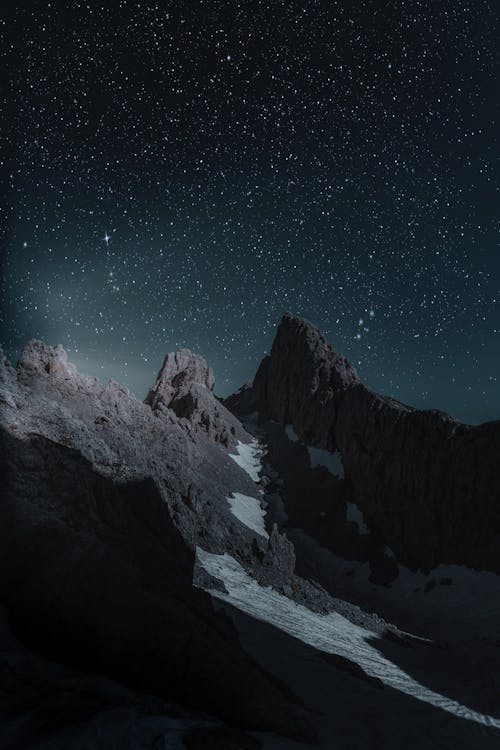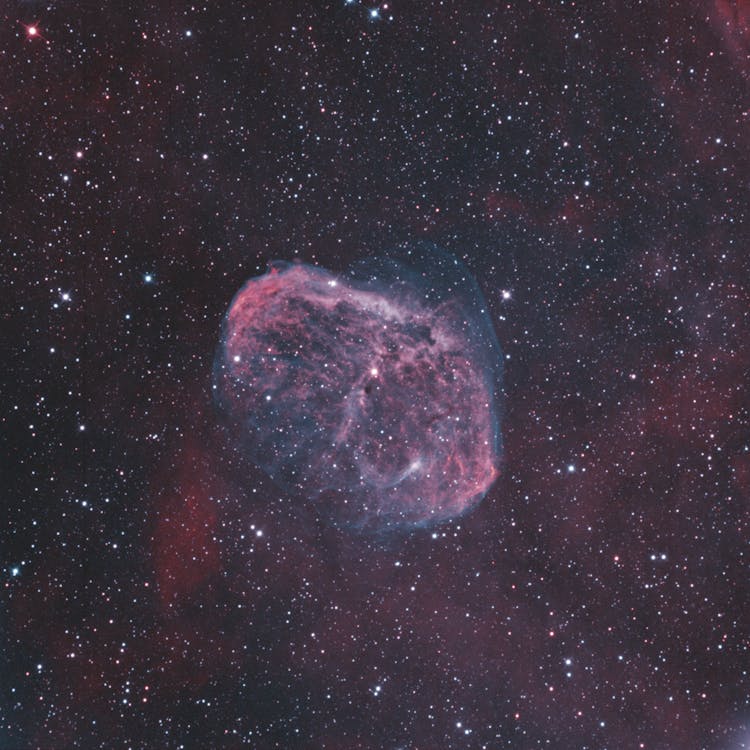🌌 Stargazing 101: A Beginner's Guide

Stargazing is one of the most peaceful, awe-inspiring activities you can enjoy — no telescope or prior knowledge required. This guide introduces everything a beginner needs to know to get started observing the night sky.
📍 1. Choose the Right Location

Light pollution is the biggest enemy of stargazing. To see faint stars and the Milky Way, you'll need to head to a dark sky location.
- Use Light Pollution Map to find suitable spots.
- National parks, rural areas, and mountains are ideal.
- Avoid full moon nights for best visibility.
Pro Tip: Visit during a new moon for the darkest skies.
🕒 2. Best Time to Stargaze
- Best seasons: Winter (long nights) and summer (Milky Way visible).
- Ideal hours: 1–2 hours after sunset, or before sunrise.
- Check weather forecasts for cloud-free skies.
🔭 3. What You’ll Need
You don’t need expensive equipment. Here’s what helps:
- 👀 Your eyes – Perfect for meteor showers and bright constellations.
- 🔭 Binoculars (7x50 or 10x42) – Great for star clusters and planets.
- 🌕 Telescope (optional) – For deep-sky objects like galaxies or Saturn’s rings.
- 🔴 Red flashlight – Preserves your night vision.
- 🪑 Chair/blanket – Stay warm and comfortable.
📱 4. Use Apps to Navigate the Sky
These free tools make it easy to identify stars and constellations:

🌟 5. What to Look For
There’s more to see than just stars:
- 🌌 Milky Way – A bright band of our galaxy, best in summer.
- 🪐 Planets – Jupiter, Venus, and Saturn are often visible to the naked eye.
- 🌠 Meteor showers – Like the Perseids (August) or Geminids (December).
- 🌝 The Moon – Observe craters, phases, and eclipses.
- ✨ Constellations – Start with Orion, the Big Dipper, or Cassiopeia.
❗ 6. Stargazing Tips
- Allow 20–30 minutes for your eyes to adjust to the dark.
- Dress warmly – it gets cold even in summer nights.
- Avoid using your phone unless in red-light mode.
- Bring snacks, water, and a thermos with something warm!
🌍 Respect the Night
- Don't litter.
- Turn off car lights.
- Be quiet and considerate to others sharing the sky with you.
🎯 Final Thoughts
Stargazing connects you with the cosmos. With a bit of preparation and curiosity, you can enjoy:
- Meteor showers streaking across the sky
- The bright rings of Saturn
- The vast, glowing river of stars in the Milky Way
So grab a blanket, download a sky map, and head out under the stars. Happy stargazing!
Images sourced from Wikimedia Commons and verified as publicly accessible.
